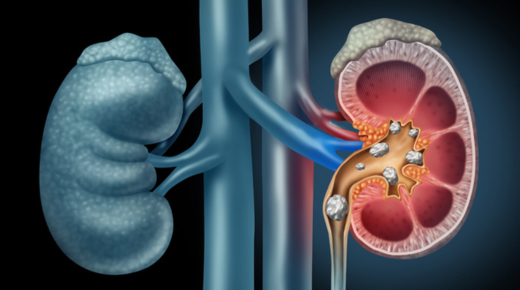1. Introduction to ICD-10 Codes
ICD-10 codes are alphanumeric codes used by healthcare professionals to classify diseases, including acute lymphoblastic leukemia (ALL), for billing, statistical, and research purposes.
2. What is Acute Lymphoblastic Leukemia?
Acute lymphoblastic leukemia (ALL) is a cancer of the blood and bone marrow characterized by the overproduction of immature white blood cells, known as lymphoblasts.
3. Importance of Accurate Coding
Accurate ICD-10 coding for ALL is essential for proper diagnosis, treatment, and reimbursement in healthcare settings.
4. General ICD-10 Code for ALL
The primary ICD-10 code for acute lymphoblastic leukemia is C91.0, indicating a malignant neoplasm of lymphoid leukemia.
5. Understanding the Code Structure
The “C” in the code indicates a malignant neoplasm, while “91” represents the category for lymphoid leukemia. The “.0” denotes the specific subtype of ALL.
6. Coding for Subtypes
ICD-10 allows for further specificity by coding for different subtypes of ALL based on factors such as cell lineage and genetic abnormalities.
7. Additional Codes for Complications
Additional ICD-10 codes may be used to indicate complications associated with ALL, such as infections, bleeding disorders, or treatment-related side effects.
8. Coding for Treatment Phases
Codes may vary depending on the phase of treatment, including initial diagnosis, remission, relapse, or post-transplant status.
9. Reporting Treatment Modalities
Specific ICD-10 procedure codes are used to document treatment modalities for ALL, such as chemotherapy, radiation therapy, or stem cell transplantation.
10. Coding for Disease Progression
Codes are updated to reflect disease progression, recurrence, or transformation to a different subtype of leukemia.
11. Use of Exclusion Codes
Exclusion codes are used to differentiate between ALL and other types of leukemia or lymphoma.
12. Coding for Surveillance and Follow-up
Codes are used to document surveillance, follow-up visits, and monitoring for long-term effects of treatment in ALL survivors.
13. Coding for Genetic Mutations
Specific ICD-10 codes may be used to indicate genetic mutations or abnormalities associated with ALL, such as Philadelphia chromosome positivity.
14. Cross-referencing with Documentation
Healthcare providers cross-reference ICD-10 codes with clinical documentation to ensure accuracy and completeness in medical coding.
15. Role of Coding Specialists
Coding specialists play a crucial role in accurately assigning ICD-10 codes for ALL cases, ensuring compliance with coding guidelines and regulations.
16. Impact on Reimbursement
Accurate coding for ALL impacts reimbursement for healthcare services provided, as reimbursement rates may vary based on diagnosis codes.
17. Coding for Research and Epidemiology
ICD-10 codes facilitate research and epidemiological studies on ALL, contributing to a better understanding of disease prevalence, outcomes, and treatment patterns.
18. Challenges in Coding
Healthcare professionals may encounter challenges in accurately coding complex cases of ALL, requiring collaboration and communication among clinical and coding teams.
19. Compliance with Regulations
Healthcare organizations must ensure compliance with coding regulations, such as HIPAA, when handling patient information for coding purposes.
20. Training and Education
Healthcare professionals receive training and education on ICD-10 coding conventions, guidelines, and updates to ensure proficiency in coding practices.
21. Quality Assurance Processes
Healthcare organizations implement quality assurance processes to review coding accuracy, identify discrepancies, and mitigate coding errors.
22. Collaboration with Clinical Teams
Collaboration between clinical teams and coding specialists is essential for accurate documentation and coding of ALL cases.
23. Patient Privacy
Patient privacy and confidentiality are maintained in accordance with HIPAA regulations when handling medical coding and billing information.
24. Continuous Improvement
Healthcare organizations strive for continuous improvement in coding practices to enhance accuracy, efficiency, and compliance with regulatory requirements.
25. Conclusion
Accurate ICD-10 coding for acute lymphoblastic leukemia is vital for effective disease management, reimbursement, research, and compliance in healthcare settings.





